Since getting back to Kangerlussuaq, I have been getting caught up on a few things. I took a LONG hot shower, laundered my clothes, went for a run, and got a good night's sleep. I also walked around town a bit and bought some groceries to feed myself over the next week. It has been a restful 24 hours, although I miss the busyness of Summit Station.
Lake Ferguson
The weather here in Kangerlussuaq was beautiful today. So, I decided to take a bit of a hike. There are a lot of lakes throughout this part of Greenland. About 2-3 miles out of town is one such lake called Lake Ferguson. This is a very beautiful lake and is the water source for the residents of Kangerlussuaq.

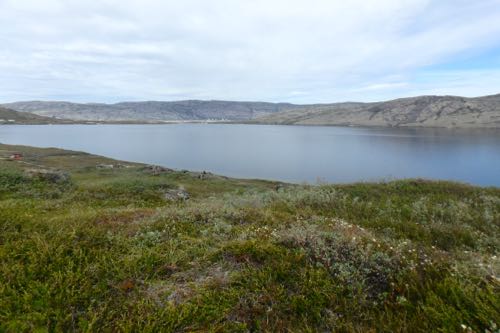
I had hoped to see some wildlife on this hike, but I didn't see anything except birds and mosquitoes (lots of those). After spending the past few weeks wearing very heavy boots and many layers of clothing, it felt good to be wearing "normal" clothes!
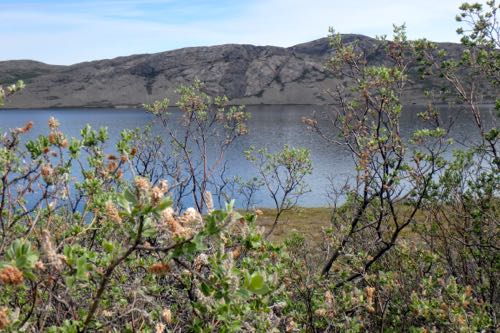
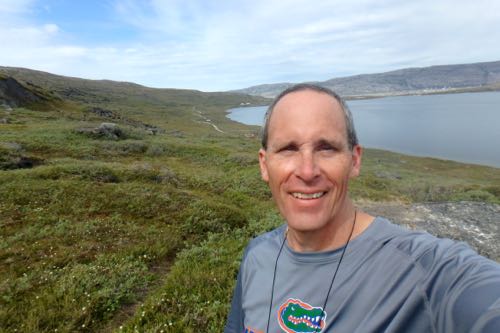
Other Science in Greenland
While in Kangerlussuaq, we are staying in the Kangerlussuaq International Science Support (KISS) building. This building is set up sort of like a modified dorm. Most of the rooms house two people and there are communal bathrooms on the second floor. But, besides the rooms, there are also several science labs that support researchers working nearby.
I had the opportunity to visit with a team of researchers who are currently working on a project here in Kangerlussuaq. As I mentioned above, the mosquitoes are out in force - they often swarm you when you are outside. This team from Dartmouth is actually studying the mosquitoes. They are interested in understanding their breeding patterns and how they interact with the biotic (living) and abiotic (nonliving) part of the ecosystem.
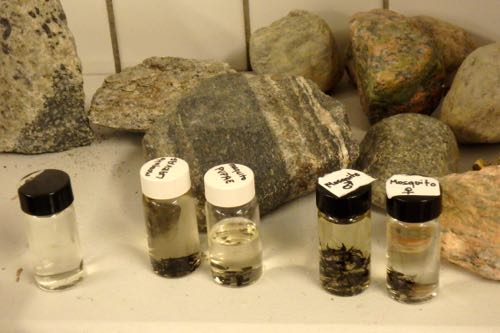
These researchers are studying the mosquito population as they emerge. Female mosquitoes are the ones that bite and lay eggs (male mosquitoes do not bite). Towards the end of the season, these mosquito eggs are frozen through the winter. As they thaw out and come in contact with water, the mosquitoes go through a series of stages until they can fly around. The team has set a number of traps to catch mosquitoes and study what they find.
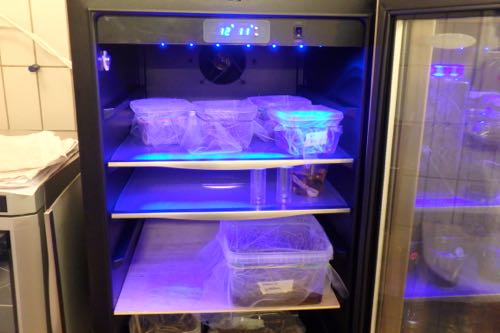
The team is also studying some of the local spiders and how they interact with the mosquitoes. This is done partially in the field when the researchers are camping a few miles from here. They also bring back insects and conduct more controlled tests here in the KISS building.
Videos from Summit Station
Due to limited internet at Summit Station, I was unable to upload several of the videos that I made while at Summit Station. While I am here in Kangerlussuaq, I will be attempting to upload a video each day. The internet here can be spotty at times, so there may be days when I am unable to upload a video.
Today's video shows the process of drilling and ice core. This was at the heart of the project that we were doing at Summit Station.


Comments